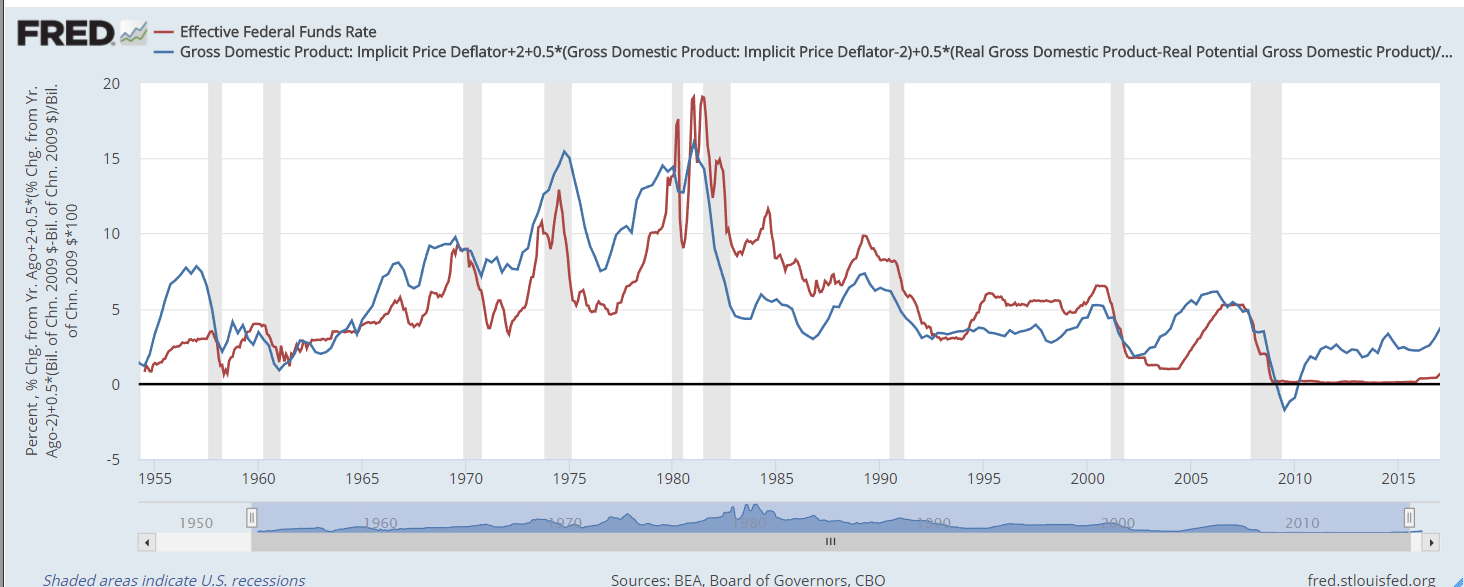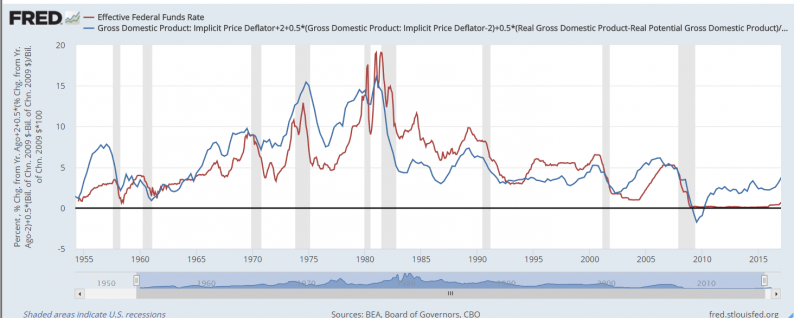Federal Reserve officials like to say the Fed is above politics. It’s even designed to be that way.
The Board of Governors of the Federal Reserve System supervises the Fed. Individual governors vote on changes in interest rates and other policy decisions.
Governors serve 14-year terms. One term expires every two years. That prevents any one president from filling the board with his or her nominees.
An appointed chair heads the Board of Governors. Fed chairs serve four-year terms. The chair’s term ends in the middle of the president’s term. This is another step toward freedom from political interference.
Despite these safeguards, the president still has a significant impact on the Fed since each president appoints a chair. President Donald Trump now has his chance to leave his mark on the Fed.
Remaking the Fed
Trump will soon decide on the next chair from what advisers say is a list of three finalists. The current chair, Janet Yellen, is still in the running. Insiders say the two front-runners are current Fed Gov. Jerome Powell and Stanford economist John Taylor.
Powell’s philosophy is like Yellen’s. He would bring little change.
Taylor, on the other hand, could remake the Fed into a rules-driven machine. He defined a rule to determine the right interest rate. This rule would replace the use of judgment like the Fed currently does.
Taylor’s rule looks at inflation and gross domestic product (GDP) growth, a common measure of economic activity. The result is an objective measure of what the interest rate should be. The current system sets interest rates based on the best guess of Fed governors.
Usually, the best guess is close to the rule’s answer. But, right now, the gap between the two is significant. The effective fed funds rate, the Fed’s benchmark for short-term rates, is the red line in the chart below. Taylor’s rule is the blue line.

The Fed is holding rates about 3% below the level suggested by the Taylor rule.












Leave A Comment